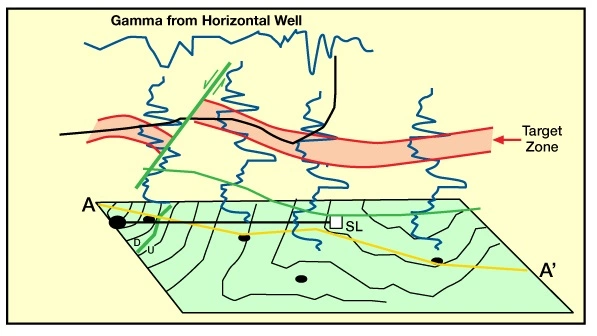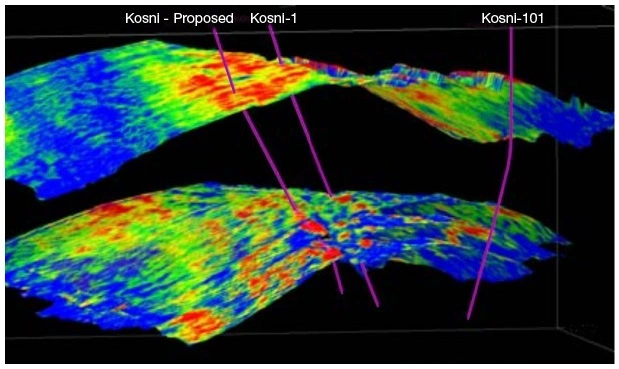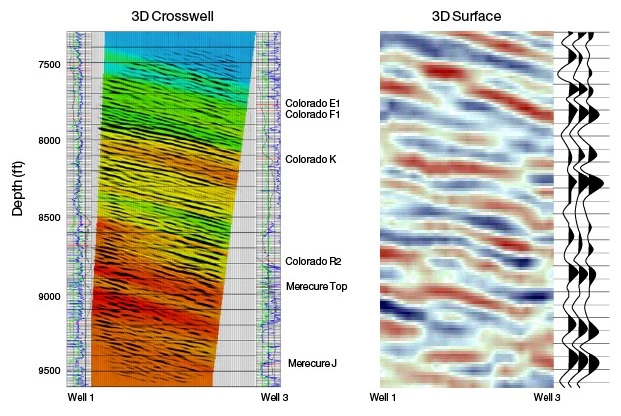Absence of Reflections
We have shown and explained how the positioning of visible reflectors can be key in identifying areas of geologic interest for oil and gas exploration. Now, we will turn our attention to areas where the absence of reflectors may also be an indication of areas of interest.
Figure 1 shows that the absence of, or few reflections, from within a reef is a valuable diagnostic for this type of structure.
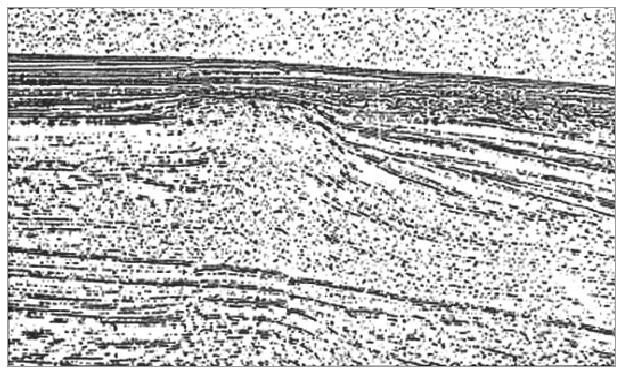
In Figure 2, we see the same lack of reflections in basement (image A), mobile shale after it has moved (image B), and in salt domes (image C: seismic with velocity overlay; salt velocity in yellow). Fortunately, the geologic setting does not usually allow ambiguity between these indications although mobile salt and mobile shale are sometimes juxtaposed on sections from the Gulf of Mexico.

Another circumstance which can lead to an absence of, or few coherent reflections in an area, is a zone of intense tectonic deformation (Figure 3), which the interpreter expects to distinguish by the reflections near it.
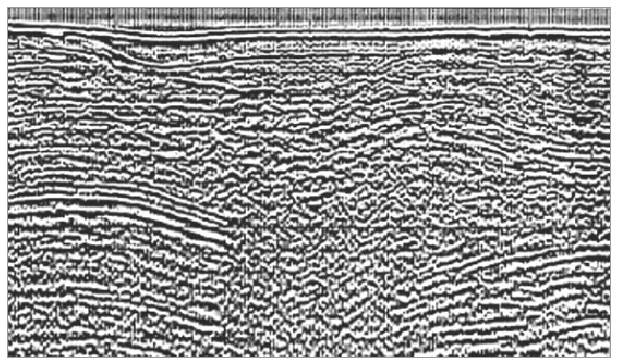
Figure 4 illustrates the appearance of an igneous plug, with a lack of coherent reflections, rising through sediments with sills branching off.
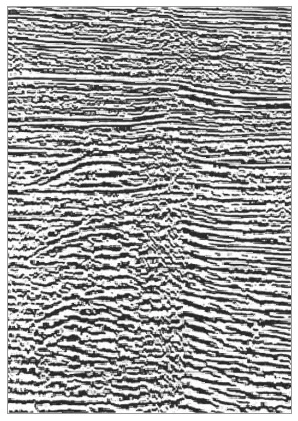
Figure 5 cautions us to be wary of sills as strong reflectors. Their intrusive nature may be clear only where, ceasing to follow the bedding planes, they cause truncation that we cannot reconcile with depositional and erosional processes.

 Petro Shine The Place for Oil and Gas Professionals.
Petro Shine The Place for Oil and Gas Professionals.

